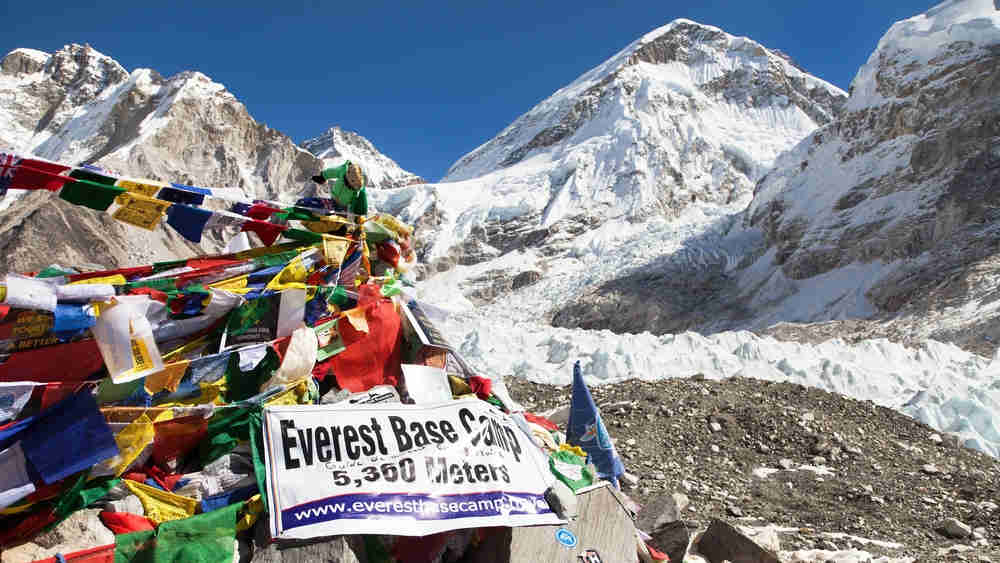In April at Mount Everest base camp, where climbers acclimatise to the extreme altitude before heading to the summit of the world’s highest peak, Jangbu Sherpa fell ill with a cough and fever.
At 17,590 feet, his symptoms quickly worsened. The expedition company that had hired Jangbu to help a Bahraini prince climb the Everest had him airlifted to a hospital in the capital, Kathmandu, where he tested positive for the coronavirus.
He spent a week at the hospital and six days at home, and then was back at base camp. Experienced guides like him from Nepal’s high-mountain-dwelling Sherpa community were in short supply because of the pandemic, and the expedition company stood to lose thousands of dollars if the prince’s climb were cancelled.
So, with his body still fighting the vestiges of the virus, Jangbu, 38, most likely became the first person with Covid-19 to stand on the Everest’s pinnacle when he led the prince and 15 others there at dawn on May 11. By the end of the climbing season early this month, at least 59 infected people had been on the mountain, including five others who reached the top, according to interviews with climbers and expedition companies and the personal accounts of social media users.
“Were Sherpas and climbers supermen?” said Ang Tshering Sherpa, a former president of the Nepal Mountaineering Association. “This issue deserves in-depth research.”
But according to the Nepal government, there was never any Covid-19 on the Everest. Tourism officials dismissed the accounts of climbers, calling one a pneumonia patient. Coughing, they added, is nothing new in the dry mountain air.
Nepal’s tourism department, which oversees Everest expeditions, maintained this position even as people were being airlifted off the mountain and expeditions were being cancelled.
Nepal has been struggling with a dire coronavirus outbreak and a shortage of vaccines. Few Sherpas or other Nepalis had access to vaccines while the climbing season was underway. Even now, as the government pleads with wealthy nations for doses, less than 3 per cent of the population has been fully inoculated.
Officials had strong incentives to play down the Covid situation on Everest. Nepal closed its peaks in 2020 because of the pandemic, after bringing in more than $2 billion from climbing and trekking in 2019. If the Covid-19 cases were publicised, it could tarnish Nepal’s image as a tourist destination, and invite climbers whose expeditions were cancelled to demand extensions of their climbing permits.
Still, with this year’s climbing season now over, more expedition agencies are acknowledging that Covid-19 infections were rampant in the crowded base camp, which drew a record 408 foreign climbers this year. The true number of cases could be far higher than 59, since expedition organisers, doctors and climbers themselves said they were pressured to hide infections.
New York Times News Service











